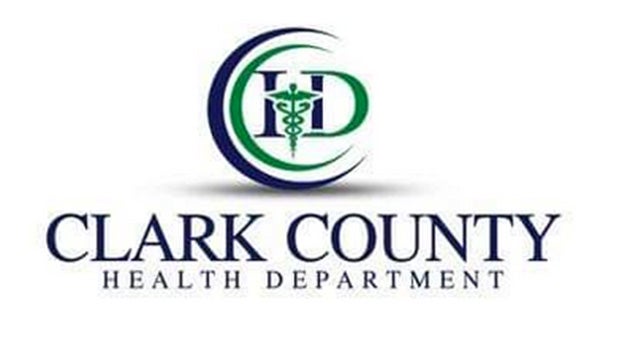STAMM: Emergency preparation for beef operations
Published 7:21 pm Monday, April 13, 2020

- Clay Stamm is the Clark County Cooperative Extension Service agent for agriculture and natural resources.
|
Getting your Trinity Audio player ready...
|
As we see the events unfold in response to COVID-19, there are a few things to consider in any emergency.
Emergency preparedness first came to light for me early in my graduate student career when a hurricane hit North Carolina and my swine colleagues shared pictures of boats carrying feed to swine facilities.
Being prepared became more evident in the aftermath of Hurricane Katrina and the impacts on beef cattle operations near the coast.
Granted we may not be near the coast and hurricanes are not a concern, but when the tornado went through eastern Kentucky a couple years ago, having plans for dealing with emergencies again become evident as we were rebuilding fences and accessing the supplies needed to do so.
The following should provide a spark to think about preparing for emergencies you may experience on your operation.
Identify major weaknesses in your operation to maintain the necessities for the wellbeing and care of your animals.
Start with the basics of nutritional considerations for assuring livestock will have access to feed and water. Then consider animal health management items that may be impacted if supplies are limited or take longer to acquire. Don’t hoard products, but plan well and consider the “what ifs.”
You should consider a plan for an emergency that may occur at any time of the year. Short hay stocks this past winter is an example. Buying hay tarps to store extra hay to allow a 20 percent to 30 percent carryover is one option to consider.
I recently read that vitamin A and E prices have already increased 25 percent to 45 percent in some countries as a result of supply issues since many of the feed additives are manufactured overseas. A bag of mineral with a target intake of 4 ounces provides 200 cattle feeding days.
Consider having enough mineral to carry you a couple months under current situations. If you have 20 cows and 20 calves, then you can plan for a bag of mineral to last about five to seven days.
Check feed bins and allow extra time for delivery. Often, we forget about checking the feed bin or creep feeders then scramble to have the feed mill deliver feed the next day.
Consider having a few hundred pounds in bags or alternative storage such as metal drums as a backup.
When considering feed for backup, rotate the feed and don’t purchase feed that has moisture added in the form of molasses or other wet feedstuffs that would encourage mold growth while in storage.
Those that utilize solely municipal water should always have a backup plan. A busted water main could shut off your water supply until it is repaired. During the ice storm of 2009, electricity was out for an extended period, and those on well pumps needed a backup generator to pump water.
Above-ground storage tanks can be used during warmer months and in-ground storage can be considered for year-round access.
Dr. Higgin’s water capture from barn roof system is a great example of having an alternative water source. These are not new concepts but bringing back the old cisterns approach that we have abandoned.
Developing stream, creek and pond water sources can also be considered if available on the farm.
Animal health products that are a routine part of your operation should also be considered.
You may consider acquiring your vaccines for immunization earlier than normal. Many of the products have an extended shelf life, and when stored under the label recommendations, will be effective to the date on the box.
If you have not already done so, you should consult your veterinarian to develop herd treatment protocols for potential diseases and disorders. Many antibiotics today require a prescription from your veterinarian, and having a valid client-patient relationship improves your ability to obtain speedy professional consultations.
Larger operations may need to consider alternative labor pool resources.
In the event of a family emergency, who is trained to take care of your livestock? Do they have access to phone numbers for the neighbors, veterinarian, feed supplier and others?
This is not an inclusive list of things to consider when preparing for emergencies.
Being prepared and planning will alleviate some stress and allow you to better focus on the tasks at hand.
Reach out to your county Extension Office for emergency preparation information.
USDA resources are available online that are basic points for consideration when developing contingency plans.
Take some time to consider your operation’s emergency preparations and develop plans if they are not in place already.
Clay Stamm is a Clark County Cooperative Extension Service agent for agriculture and natural resources. He can be reached at clay.stamm@uky.edu.





